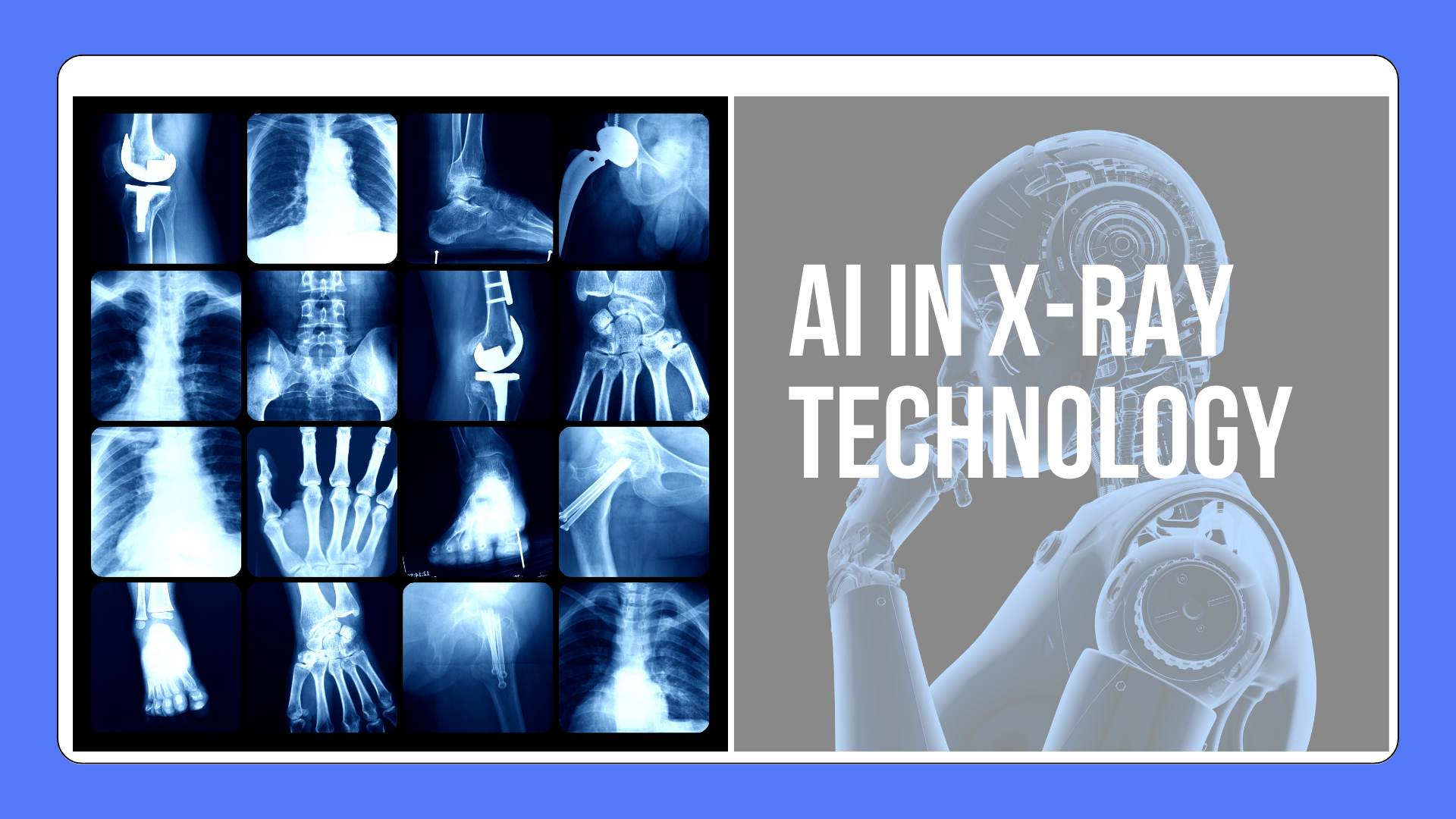Artificial Intelligence (AI) has permeated various sectors, with healthcare being one of the most influential.
With AI’s increasing involvement, particularly in radiology, there has been speculation about its potential to replace radiologic technologists in conducting X-rays.
This article will explore the potential and pitfalls of AI in the future of X-ray technology.
The Potential of AI in X-Ray Technology
Artificial intelligence holds considerable promise in revolutionizing X-ray procedures. By automating certain aspects of these processes, AI can improve efficiency and accuracy in diagnosis and treatment planning.
Machine Learning in Radiology
Machine learning, a subset of AI, can analyze patterns and learn from vast data. This capability enables AI to provide individualized diagnoses by analyzing X-ray images, often surpassing human intervention in accuracy and speed.
Unlike humans, AI systems can analyze X-ray images without requiring patients to hold their breath or assume specific positions.
The Role of Robotics
Advancements in robotics technology further augment the potential of AI in X-ray procedures. Robots with human-like features, such as robotic arms and laser-guided eyes, could precisely perform scans.
Combined with voice assistance providing instructions, this futuristic vision suggests that AI might outperform humans in tissue differentiation and contrast assessment.
Skepticism Surrounding AI in X-Ray Technology
While there’s optimism about AI’s capabilities, some skepticism remains. Some healthcare facilities are yet to transition from traditional X-ray technology to digital radiography (DR), making a leap directly to AI-powered systems unlikely.
Challenges in Full Automation
While AI can automate certain X-ray procedures, some tasks require radiologic expertise. Patient positioning, the use of contrast media, and interventional procedures are examples where human involvement and judgment play a vital role.
Preserving the Human Element
Moreover, despite advancements in AI, many patients still prefer human interaction during medical procedures. They value the comfort, reassurance, and empathy human technologists offer, aspects that AI systems cannot replicate.

The Future of AI in X-ray
AI is undoubtedly transforming the field of radiology, but a full replacement of radiologic technologists with AI systems seems unlikely. Rather than replacing radiologic technologists, AI should be seen as a tool that complements rad techs’ expertise.
Evolving Roles of Technologists
Technologists could transition to supervisory roles, monitoring AI systems and intervening when necessary. They could also bridge the gap between AI systems and patients, assuring the safety and accuracy of AI-powered procedures.
Interpreting AI Findings
Additionally, technologists have a significant role in interpreting AI findings. While AI algorithms can analyze large amounts of data swiftly and accurately, they lack the radiologic technologists ability to draw insights based on a patient’s medical history, symptoms, and overall health condition.
Conclusion
AI is poised to make significant strides in medical imaging. However, the complete replacement of radiologic technologists seems far-fetched. A balance between AI’s benefits and preserving the human element in healthcare is crucial.
We can leverage both strengths and optimize healthcare delivery by encouraging a collaborative effort between AI systems and radiologic technologists. The future belongs to a hybrid model that combines AI’s computational power with the irreplaceable human touch.

